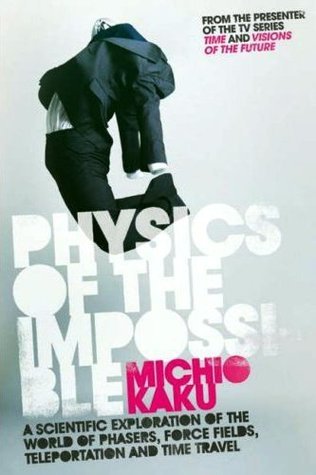What do you think?
Rate this book


329 pages, Hardcover
First published March 11, 2008


إن الخطر الرئيس الذي يواجه النمل ليس في ان البشر يريدون اجتياحه أو مسحه من على وجه الأرض. إنه ببساطة هو أننا سنزيحه لأنه موجود في طريقنا. تذكر ان المسافة بين حضارة من النوع الثالث وحضارتنا من النوع صفر بمقياس استخدام الطاقة أوسع بكثير من المسافة بيننا وبين النمل